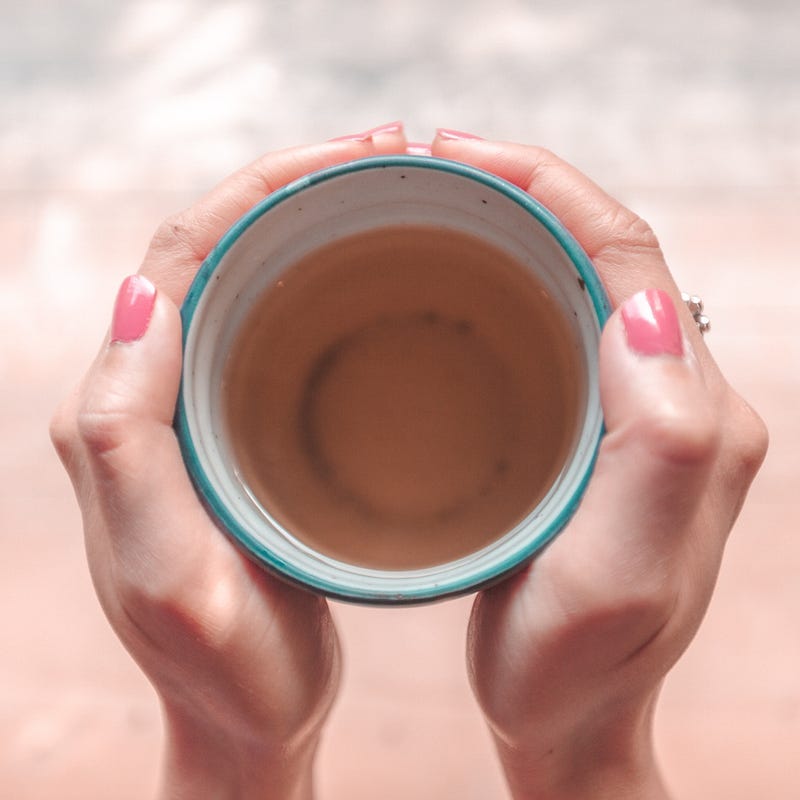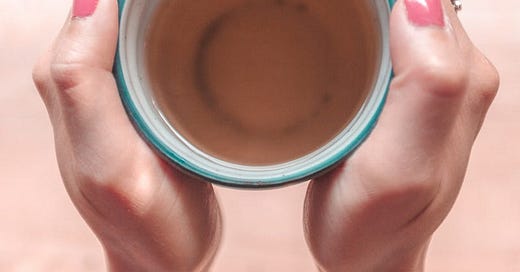Not Your Usual Teabag

A few years ago, I discovered the beauty and versatility of whole-leaf or loose leaf teas, sourced from around the world. Although I have always enjoyed a relaxing hot cup of tea, my expertise and knowledge consisted of dunking a couple of mingy-looking teabags into the pot, a quick stir then into the cup with a dash of milk.
This bland thirst quencher sufficed until one frosty Spring day, a friend invited me to a little tea tasting venue, where the tea was prepared and served according to the Chinese tea ritual.
The ceremony typically involves the use of specific teaware, including a teapot, tea cups, and often a tea tray or tea boat, and the process of preparing tea in a Chinese tea ceremony is often highly ritualized. It includes warming and rinsing the teaware, measuring the tea leaves, heating the water to the appropriate temperature (which can vary depending on the type of tea), and performing precise brewing techniques.
Now the tea ceremony was great fun, but what impressed and surprised me most was the delicious and unexpected differences in the flavours of the various types and sources of the tea itself. I also was fascinated by the places where these teas originated, often small family owned businesses in mountainous areas of China and India.
Here are a few of the teas I tried, all readily available to order online, and easy to prepare (no need for the ceremony).
LAPSANG SOUCHONG TEA
Sourced from the beautiful Wuyi Mountain region of China’s Fujian Province, this fine black tea has a distinct smoky aroma and taste, created from methods used during the drying process.
Leaves are dried over pine wood fires to develop complex woody notes, complementing their natural flavours, and resulting in a delicious, well-balanced and robust tea. Lapsang Souchong can be served on its own, with lemon, or milk and sugar to taste.
The exact origin story is a bit unclear, but it’s said that this tea was created by accident when tea producers needed to dry their leaves quickly due to an unexpected military incursion. They used pine wood to speed up the drying process, resulting in the smoky flavour we associate with Lapsang Souchong today.
How To Prepare
Using one teaspoon (5 ml) of loose-leaf tea for every 8 oz (230 ml) of water, leaves should be steeped for 2–5 minutes at 203°F (95°C).
CEYLON ORANGE PEKOE TEA
Offering up complex flavours, a subtle sweetness and a lovely crisp bitterness, Ceylon Orange Pekoe is well-balanced and can be enjoyed all through the day. Made from the golden-tipped Pekoe tea, this is best served as a black tea, but can also be enjoyed with a drop of milk.
To Brew Pekoe Tea:
You typically use boiling water and steep the leaves for 3–5 minutes, although steeping times can vary depending on your taste preference. It can be enjoyed with or without milk and sugar.
DARJEELING LEAF TEA
Produced in the warm, humid climates of West Bengal, where fresh, clean air imbues the leaves with delightfully floral aromas, Darjeeling Tea Leaf is an excellent, light tea that offers up delicate fruit flavours, which are characterised as Muscatel, in reference to the Muscat variety of grape.
To brew Darjeeling black tea:
You can use water that’s just below boiling (around 195–205°F or 90–96°C) and steep the leaves for 2–4 minutes. The steeping time can be adjusted to your taste preference.
ROSE POUCHONG TEA
Made from a delicious blend of top quality, fresh leaves, Rose Pouchong is a light and aromatic tea, that offers delicate flavours, subtle melon fragrances and wonderful floral notes.
To brew Rose Pouchong tea:
You should use water that is just below boiling, around 185–195°F (85–90°C). Steep the tea leaves for 2–3 minutes for the first infusion. You can adjust the steeping time and temperature to your taste preference for subsequent infusions.
ASSAM LEAF TEA
This large leaf tea produces a delightful amber brew that reveals bold, full flavours. Perfect when prepared with milk and sugar, Assam Leaf makes for a delicious tea that can be enjoyed at any time of the day.
To brew Assam leaf tea:
Use boiling water and steep the leaves for 3–5 minutes. Steeping times can vary based on personal preference, but longer steeping times typically result in a stronger, more robust cup of tea.
KEEMUN TEA
Sourced from the Qimen County of Huangshan City, Keemum is a black Chinese leaf that was first produced in 1875. Creating a tea that reveals delicate fruity aromas and a subtly floral fragrance, Keemum is best served without milk or sugar, allowing the winey and fruity flavours to be truly experienced.
To brew Keemun tea:
Use water that is just below boiling (around 195–205°F or 90–96°C). Steep the leaves for about 3–5 minutes, although steeping times can be adjusted to your preference.




